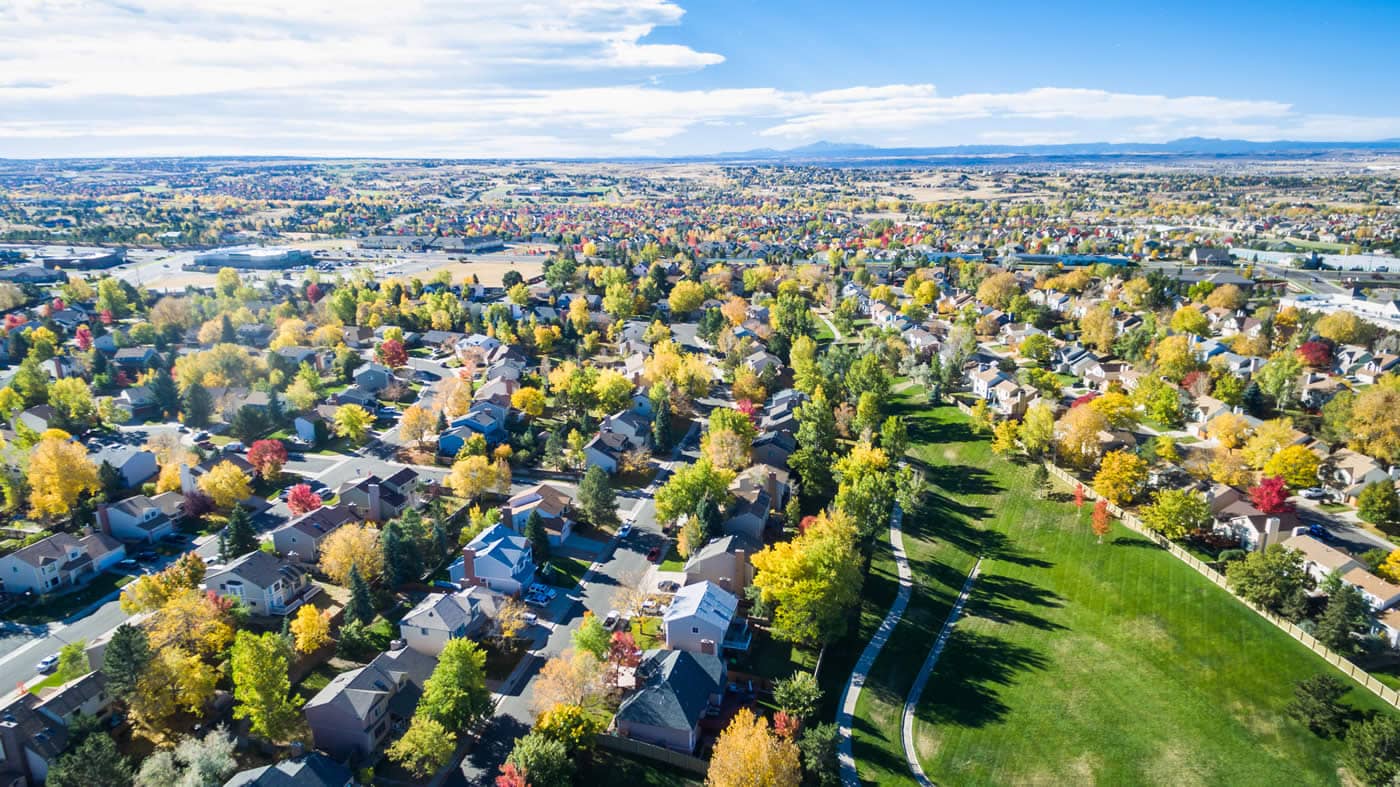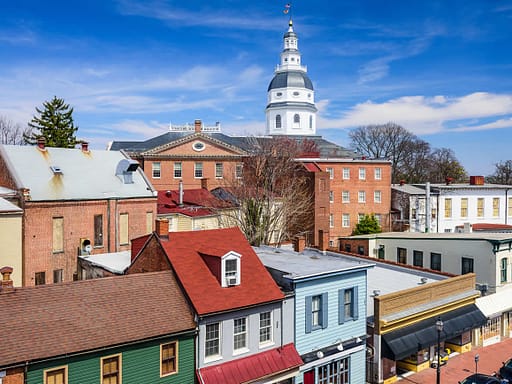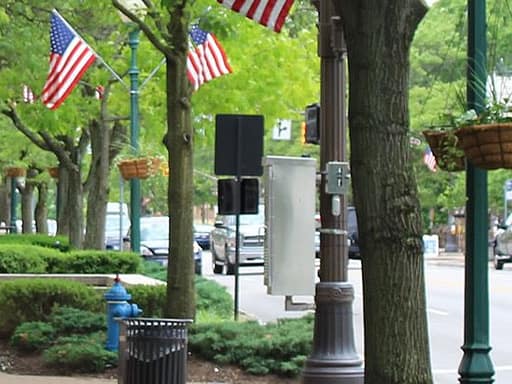How Does Livability Impact the Value of an Area
In the realm of real estate and urban planning, “livability” is a buzzword that often surfaces in discussions about property values and community development. But what exactly is livability, and how does it impact the value of an area? Let’s dive into the concept of livability, its components, and its profound influence on property values and overall community well-being.
Understanding Livability
Livability refers to the quality of life experienced by residents in a particular area. It encompasses a wide range of factors, including but not limited to, the availability and quality of amenities, environmental conditions, safety, economic opportunities, and social cohesion. Essentially, livability measures how conducive a place is to living a comfortable, healthy, and fulfilling life.
Key Components of Livability
To understand how livability impacts the value of a location, it’s essential to delve into the key components that contribute to it:
Amenities and Services
Educational Institutions: The presence of high-quality schools, colleges, and universities can significantly enhance the livability of a location. Educational institutions not only provide learning opportunities but also contribute to the community through cultural events, sports, and intellectual stimulation.
Healthcare Facilities: Access to hospitals, clinics, and healthcare professionals is crucial. High-quality healthcare services ensure residents can maintain good health and well-being, a critical aspect of livability.
Recreational Facilities: Parks, sports complexes, theaters, and other recreational amenities provide residents with opportunities for leisure, fitness, and social interaction. These facilities are vital for maintaining a high quality of life.
Groceries, Dining, Cafes, etc.: The availability of shopping centers, grocery stores, restaurants, and cafes adds to the convenience and enjoyment of daily life.
Environmental Quality
Air and Water Quality: Clean air and water are fundamental to good health. Locations with lower pollution levels and access to clean water are more desirable.
Green Spaces: Parks, gardens, and natural landscapes enhance the beauty of an area and provide spaces for relaxation and recreation. They also contribute to the ecological health of the environment.
Sustainable Practices: Communities that prioritize sustainability and environmental stewardship often attract residents who value a healthy and green lifestyle.
Safety and Security
Crime Rates: Low crime rates are a critical factor in livability. Safe neighborhoods allow residents to feel secure in their homes and communities.
Emergency Services: Efficient police, fire, and emergency medical services contribute to the overall safety and responsiveness of a location.
Economic Opportunities
Employment: Access to job opportunities is a significant factor in livability. Areas with diverse employment prospects and low unemployment rates are more attractive to potential residents.
Economic Stability: The overall economic health of a region, including factors like income levels, cost of living, and economic growth, influences livability.
Transportation and Accessibility
Public Transit: Reliable and efficient public transportation systems make commuting easier and reduce the reliance on personal vehicles.
Infrastructure: Well-maintained roads, bridges, and public facilities contribute to the ease of living and overall functionality of a location.
Social and Cultural Factors
Community Engagement: Strong community bonds and active participation in local events and organizations foster a sense of belonging and social support.
Cultural Diversity: Diverse communities with a rich cultural tapestry offer varied experiences, perspectives, and opportunities for social and cultural enrichment.
How Livability Impacts Property Values
The components of livability collectively influence the desirability of a location, which in turn affects property values. You can see from the table below, that there seems to be a direct correlation between cities with high livability scores and high home prices. Here’s a closer look at how these factors interplay to impact real estate:
[wpdatachart id=2]
Demand and Desirability
High livability often translates to high demand. When an area offers excellent schools, healthcare, safety, and amenities, it becomes more attractive to potential buyers and renters. This increased demand typically drives up property values. For instance, neighborhoods with top-rated schools often see higher property prices because families are willing to pay a premium to live in areas that offer quality education.
Investment Potential
Areas with high livability are generally seen as good investments. Properties in these areas tend to appreciate in value over time, providing better returns on investment. Investors are drawn to locations with strong livability scores because they are confident in the area’s ability to attract and retain residents, which ensures stable rental income and long-term capital growth.
Quality of Life and Resident Satisfaction
The overall satisfaction of residents in high-livability areas can create a positive feedback loop that further enhances property values. Satisfied residents are more likely to invest in their homes and communities, leading to better-maintained properties and public spaces. This ongoing investment and pride in the community help sustain and increase property values.
Economic Resilience
Communities with high livability are often more economically resilient. They attract businesses, entrepreneurs, and professionals, fostering a robust local economy. Economic resilience means that these areas are better equipped to withstand economic downturns, which can protect property values from significant declines during tough times.
Social Capital
Livable areas tend to have strong social networks and community organizations. This social capital can lead to collective efforts to improve and maintain the area, such as neighborhood watch programs, community clean-up initiatives, and local events. These activities enhance the community’s appeal and contribute to stable or rising property values.
Case Studies: Livability and Property Values
To illustrate the impact of livability on property values, let’s look at a few case studies from different regions.
1: The Suburban Success Story
A suburban area with excellent schools, abundant green spaces, low crime rates, and a strong sense of community sees consistent property value growth. Families are particularly drawn to this area because it offers a safe and nurturing environment for children. Over a decade, property values in this suburb have increased by an average of 5% annually, outperforming the national average.
2: The Urban Oasis
An urban neighborhood that prioritizes livability through investments in public transit, walkability, cultural amenities, and environmental sustainability attracts young professionals and retirees alike. The area becomes known for its vibrant arts scene, diverse dining options, and eco-friendly initiatives. Property values in this neighborhood have surged, with some homes appreciating by 10% per year, reflecting the high demand for urban living with a high quality of life.
3: The Revitalized Community
A once-declining industrial area undergoes a transformation through targeted efforts to enhance livability. Investments in public infrastructure, the establishment of parks and recreational facilities, and the development of mixed-use properties breathe new life into the community. As a result, property values, which had been stagnant or declining, begin to climb steadily. New businesses move in, and the area becomes a sought-after destination for both residential and commercial real estate.
Measuring Livability: Tools and Indices
Various tools and indices measure livability, providing valuable insights for policymakers, investors, and potential residents. Some of the most widely recognized include:
AreaVibes Livability Score
The AreaVibes Livability Scores takes into account 9 different categories (amenities, commute, cost of living, crime, employment, health & safety, housing, schools and user ratings) and dozens of data points to create an overall score out of 100 for virtually every city and neighborhood across the U.S. and Canada.
Mercer Quality of Living Survey
Mercer’s annual survey ranks cities worldwide based on several factors, including political stability, healthcare, education, crime, recreation, and transportation. The results provide a comprehensive view of the quality of life in different cities, helping businesses and individuals make informed relocation decisions.
Economist Intelligence Unit (EIU) Livability Index
The EIU’s Global Liveability Index evaluates cities based on stability, healthcare, culture and environment, education, and infrastructure. The index provides a ranking of cities worldwide, highlighting the most livable cities and offering insights into the factors that contribute to high livability scores.
Numbeo Quality of Life Index
Numbeo’s user-contributed data offers a detailed look at the quality of life in various cities and countries. The index includes factors such as purchasing power, pollution, housing affordability, and healthcare, providing a grassroots perspective on livability.
Enhancing Livability: Strategies and Best Practices
Improving livability is a goal for many cities and communities, as it not only enhances residents’ quality of life but also boosts property values and economic resilience. Here are some strategies and best practices for enhancing livability:
Investment in Public Infrastructure
High-quality infrastructure, including roads, public transit, and utilities, is foundational to livability. Cities that invest in maintaining and upgrading their infrastructure create a more functional and attractive environment for residents and businesses.
Green Spaces and Environmental Sustainability
Developing parks, gardens, and other green spaces enhances the aesthetic appeal of a community and provides recreational opportunities. Additionally, implementing sustainable practices, such as green building standards and renewable energy initiatives, contributes to a healthier environment and attracts eco-conscious residents.
Safety and Security Initiatives
Ensuring public safety through effective law enforcement, community policing, and emergency services is critical. Community watch programs and local safety initiatives can also play a significant role in creating a secure living environment.
Access to Quality Healthcare and Education
Investing in healthcare facilities and educational institutions is vital for enhancing livability. High-quality schools and healthcare services attract families and professionals, contributing to a stable and prosperous community.
Cultural and Recreational Amenities
Supporting cultural institutions, such as museums, theaters, and galleries, enriches the community’s cultural fabric. Recreational facilities, including sports complexes and community centers, provide opportunities for leisure and social interaction.
Economic Development and Job Creation
Fostering a vibrant local economy through business incentives, support for startups, and workforce development programs ensures that residents have access to employment opportunities. A strong economy is a cornerstone of livability, attracting and retaining talent.
The Future of Livability
As urbanization continues and the demands of modern living evolve, the concept of livability will likely expand to include new dimensions. Emerging trends such as smart cities, which leverage technology to enhance urban living, and increased emphasis on mental health and well-being, will shape the future of livability.






